Going Critical
Comanche 3 and the potential of a nuclear future at Pueblo's coal burning power plant.
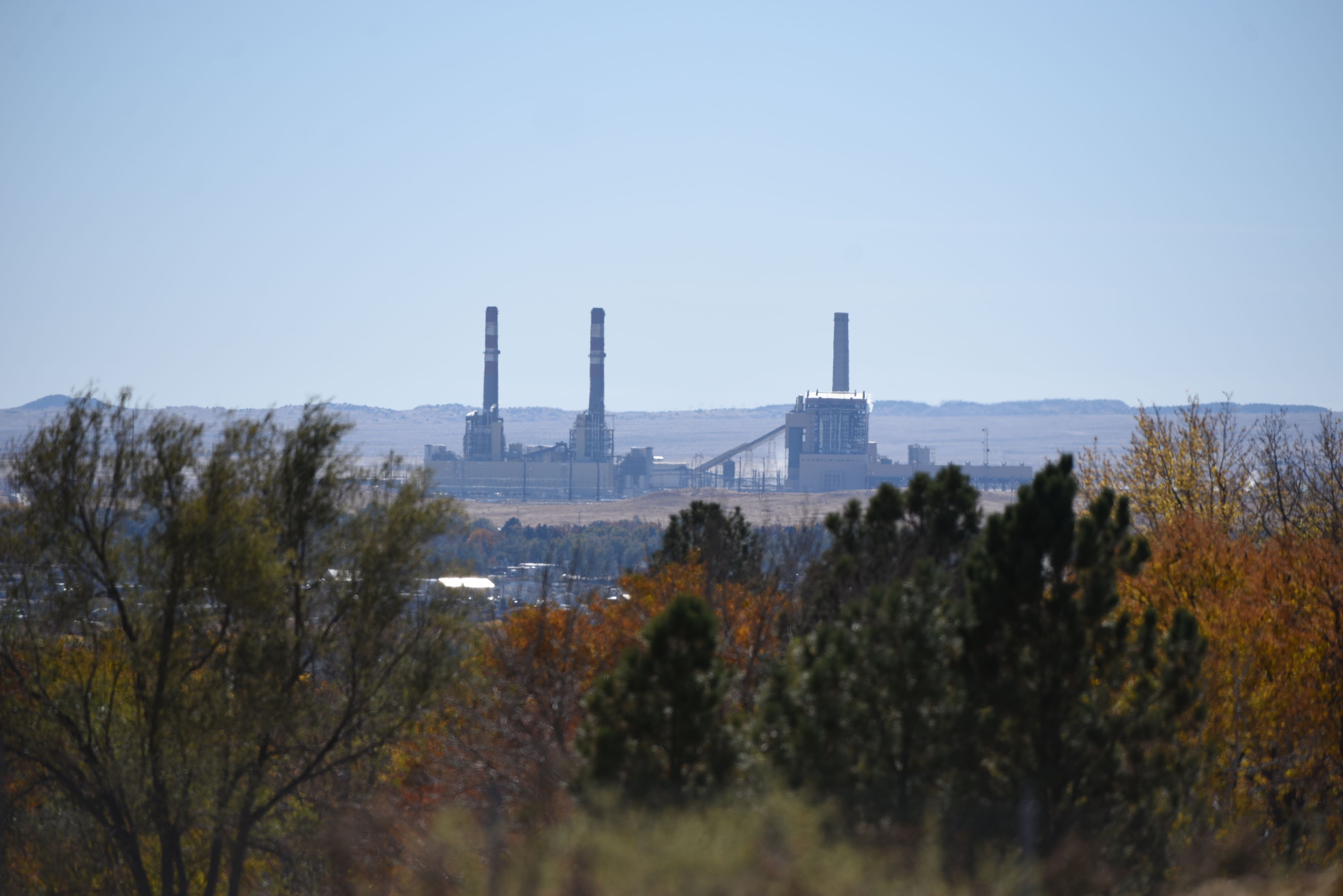
Even at night, the Comanche 3 power plant is hard to miss. Three smokestacks rise hundreds of feet into the air where three banks of lights flash with a robotic regularity. In a way the plant seems to be masquerading as a trio of windmills.
But then the sun rises, revealing the plant to be a maze of steel and concrete.
Comanche 3 is a coal fired plant, and the three generators produce close to 1,400 megawatts of power. This is transmitted across the Front Range, and Xcel Energy claims it is sufficient for one third of Colorado communities.
Though little more than a decade old, the third and final boiler was brought online in 2010, Comanche is proving to be a flashpoint in the energy debate. Originally, the plant was to close in 2070 but the aggressive goals set by President Biden have seen those accelerated.
But what if there was an alternative? Why let the plant go the way of the dodo when the prospect of converting the plant to something else exists?
These are the questions that Pueblo County Commissioners Chris Wiseman and Garrison Ortiz hope to answer.
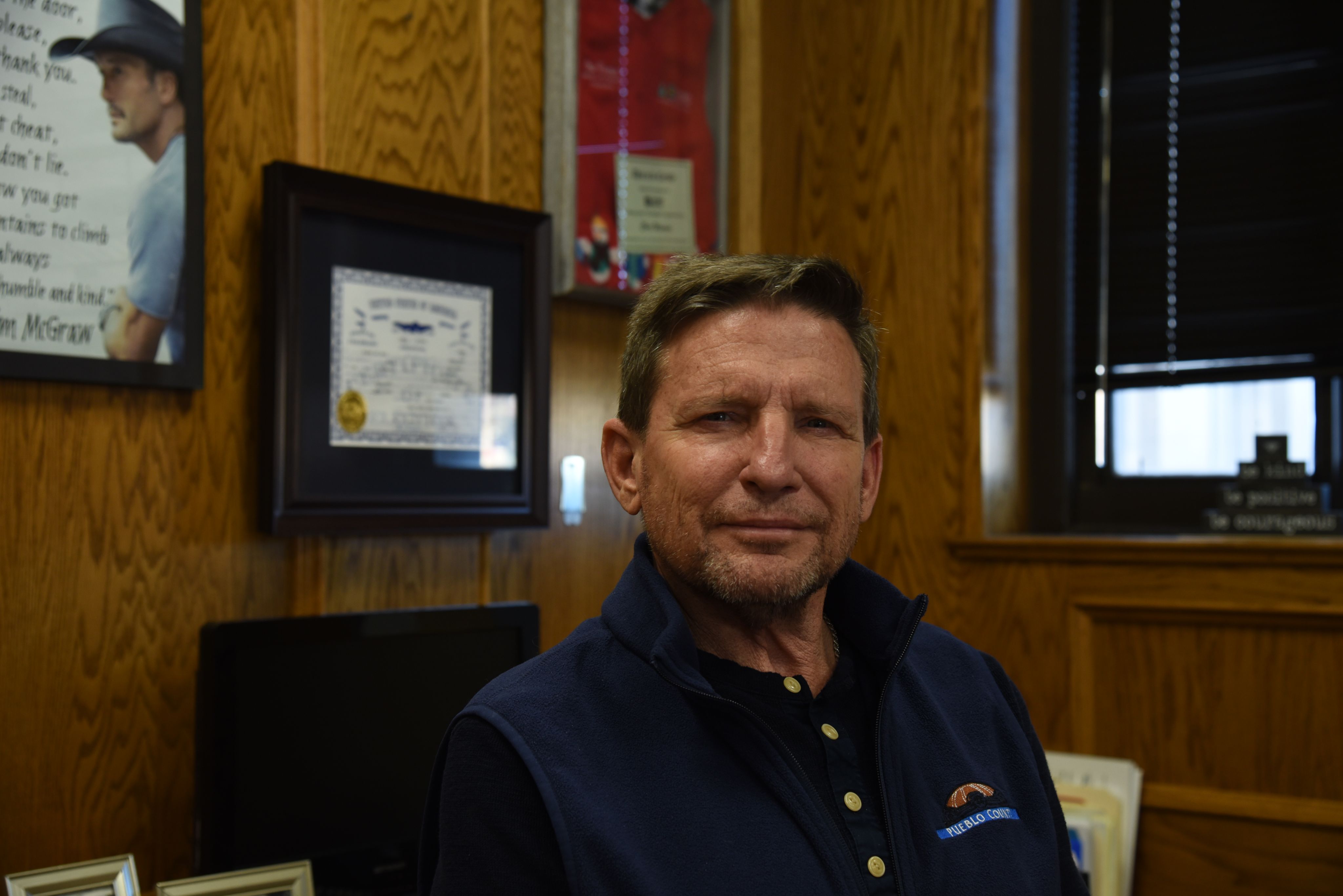
Pueblo County Commissioner Chris Wiseman in his office at the Pueblo County Courthouse on Nov. 5, 2021 (Alexander Edwards, CU News Corps).
Pueblo County Commissioner Chris Wiseman in his office at the Pueblo County Courthouse on Nov. 5, 2021 (Alexander Edwards, CU News Corps).
“I'm fully in favor of phasing out fossil fuels as an energy source,” Wiseman said. “I'm a believer in both solar and wind, but at this point they aren't good demand sources for energy.”
Wiseman highlights the biggest problem with wind and solar: The wind doesn’t always blow, and the sun doesn’t always shine.
Commissioner Wiseman is a third-generation resident of the city of 110,000 people, and no stranger to the power of coal. His father and grandfather worked at the steel mill that at one point employed over 12,000 workers. He is also no stranger to the political theater, having been involved in state and national government since the late 1980s. He spent 12 years working as the general manager of the Colorado State Fair before transitioning back to government as the deputy commissioner of agriculture.
In 2018, Wiseman became the Pueblo County Commissioner, representing District 3.
While not fully committed to a single energy source, Wiseman says converting the plant to nuclear generation is an option. Wiseman and the Pueblo County Commission are well aware of the stigma that nuclear power carries: The horror of atomic warfare that can flatten cities in the blink of an eye, or the billowing radioactive smoke from the Chernobyl disaster. But that fear may not be as pervasive among "average" Americans.
According to Pew Research, Americans are divided on the question of nuclear power. Fifty percent support expanding nuclear power generation, while 47% oppose it. This is a drop of 17% when compared to 10 years ago during the height of the Fukushima Daiichi disaster.
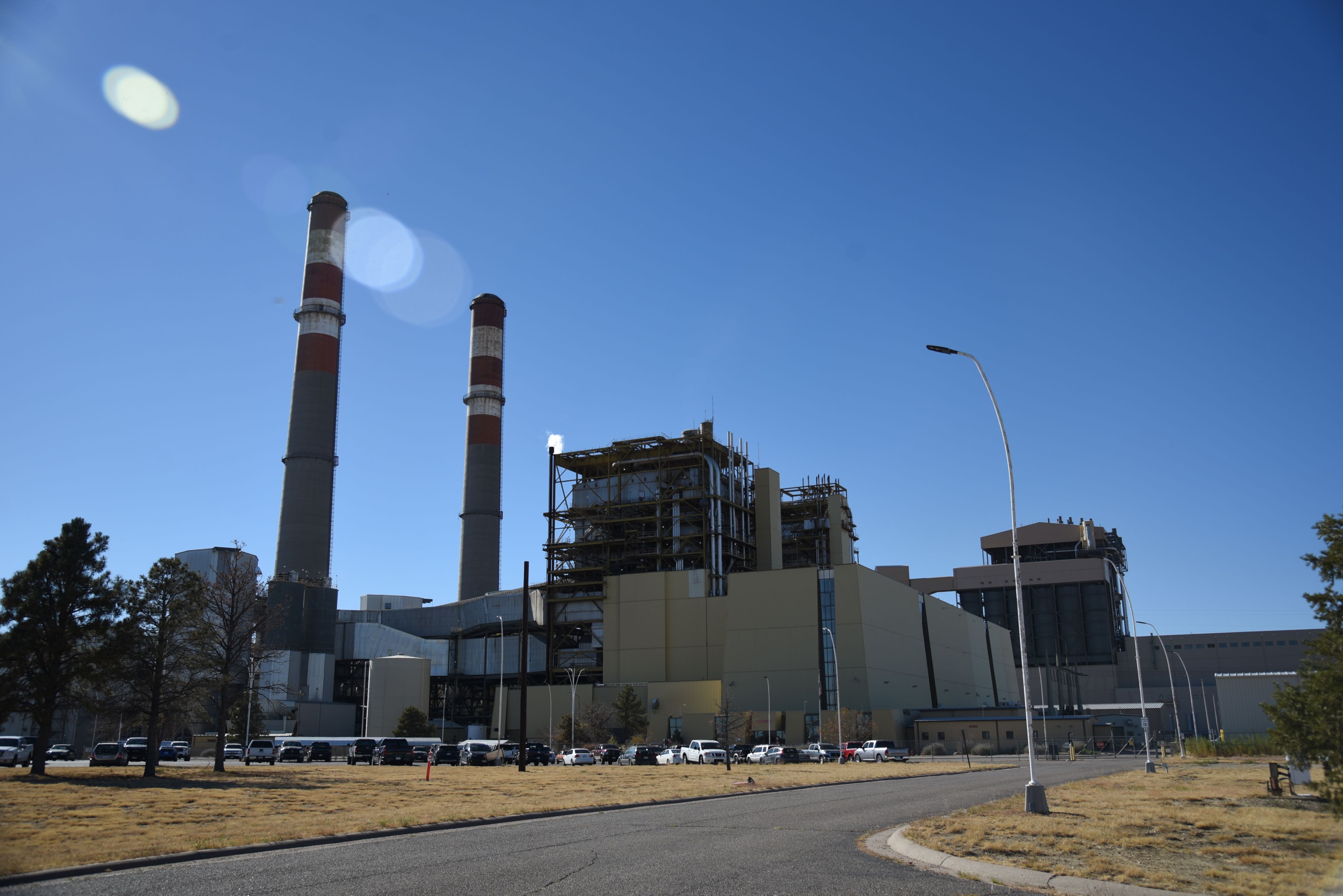
Comanche generating station, Pueblo, CO on Nov. 5, 2021 (Alexander Edwards, CU News Corps).
Comanche generating station, Pueblo, CO on Nov. 5, 2021 (Alexander Edwards, CU News Corps).
Norman Schultz, a science teacher who lives in the Boulder area is a member of the former. In the past, Schultz worked with General Atomics as a contractor before becoming a teacher.
“I am 100% for nuclear power,” Schultz said, but there is a catch. “I want to support using newer technology reactors, not just the traditional dome style, Three Mile Island kind of reactors.”
While those types of reactors make up a large majority of the nuclear energy portfolio worldwide, that may be changing. In Russia, an entire town is now powered by a small nuclear reactor. Focus has recently shifted to small, modular reactors that are cheaper to maintain and safer than large centralized facilities.
“[General Atomics] had designs for desk size nuclear reactors since the late 70s that you could install in a neighborhood,” Schultz said. “Anytime you centralize these things you raise the risk, dealing with orders of magnitude higher amounts of energy.”
But risk is still present, as it would be for any power source. For that reason the International Atomic Energy Agency introduced the International Nuclear Event Scale (INES). This scale ranges from level zero (a deviation) to seven (major accident), based on severity.
To date, there have only been two level seven events, one level six event, two level five events, and four level four events. The two level seven events are the Chernobyl disaster and the Fukushima Daiichi disaster.
The nine incidents mentioned above have resulted in the deaths of 513 people. But they are the exception, and new technologies within the nuclear field are exciting to Wiseman.
“There has been some development in small nuclear modules, which take less water and don't produce quite as much electricity,” he said. “But [they] do provide the demand electricity that can be accessed at any time.”
In Colorado, water is a particularly valuable resource. As of Nov. 2 most of the state is experiencing some level of drought. Nuclear reactors require water. For plants in the United States, water is used as a coolant and a moderator.
But still: Almost half of Americans do not support adding more nuclear power to the U.S. energy portfolio. For Wiseman this is reason enough to involve the residents of Pueblo as closely as possible.
“I want it to be a community process,” he said. “It could be as a community that we decide we can't settle on anything, but everything is on the table.”
Everything may be on the table, but the issues surrounding nuclear extend beyond fear.
“No nuclear had been added to the U.S. portfolio since 1978,” says Jonathan Adelman, the vice president of strategy and planning at Xcel Energy. “Just recently we’ve seen a few more additions, and those have been at really high cost.”
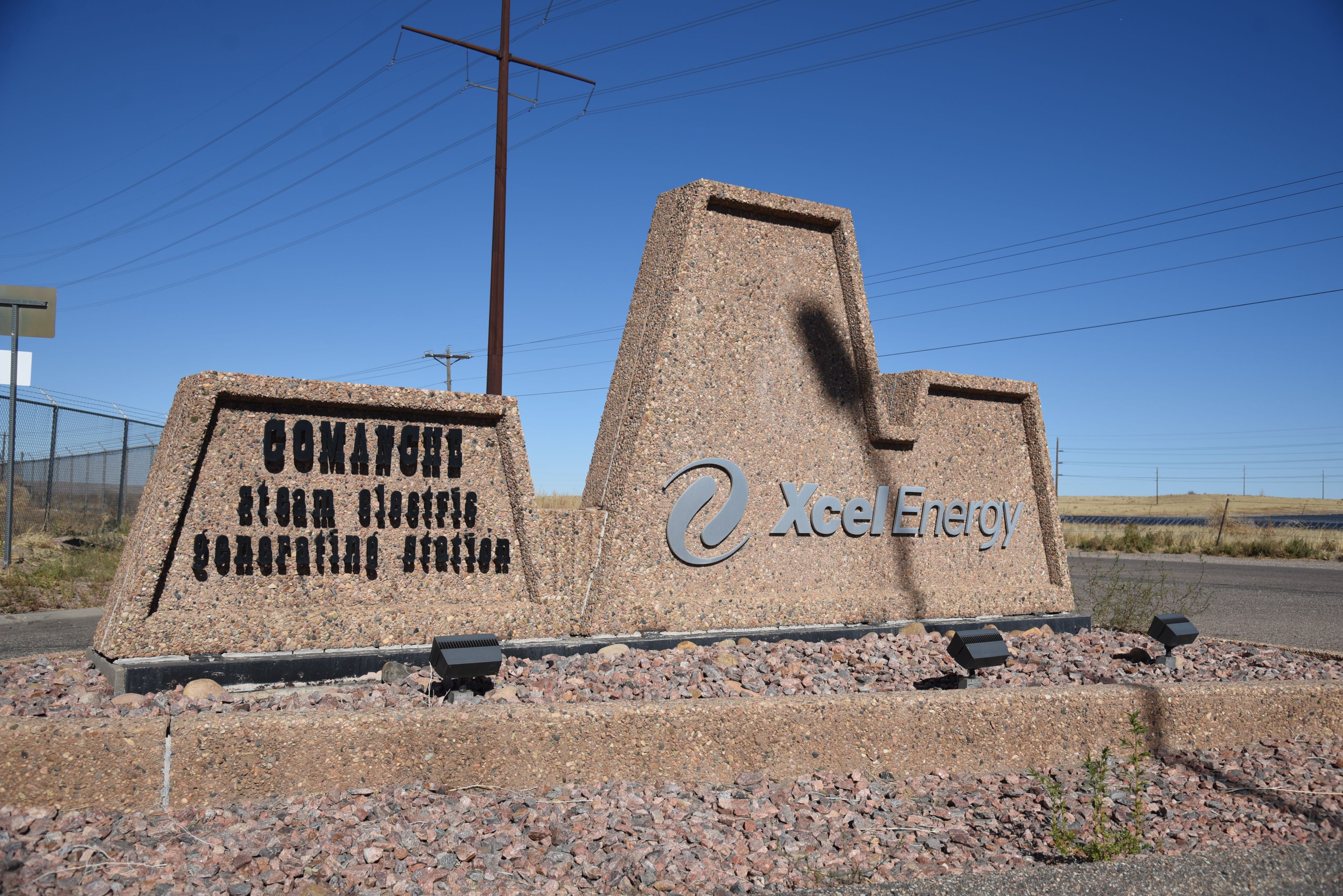
The welcome sign outside of the Comanche Generating Station in Pueblo, Colorado on Nov. 5 2021 (Alexander Edwards, CU News Corps).
The welcome sign outside of the Comanche Generating Station in Pueblo, Colorado on Nov. 5 2021 (Alexander Edwards, CU News Corps).
Adelman is referring to the Vogtle nuclear power plant in Georgia, which recently added two brand new Westinghouse reactors.
According to the Associated Press, Vogtle’s expansion project has cost upwards of $26 billion. For reference, that’s enough to buy two brand new Gerald R. Ford Class aircraft carriers, and still have money left over.
Additionally, this has caused electricity pricing to go up by nearly 3.4% and experts predict that will rise another 6.6% according to the AP.
The U.S. Energy Information Administration keeps a database of the average electrical price in every state. Currently the data is from 2020, and Georgia’s average cost of electricity per kilowatt hour (KWh) – that is, the amount of time needed to consume 1,000 watts of power – was 9.93 cents per KWh. Colorado sat at 10.27 cents/KWh, and Illinois, the state with the most nuclear reactors in the country, sat at 9.75 cents/KWh.
American mistrust in corporations is high, but there is an organization that can work with nuclear power safely and effectively: The United States Navy.
The U.S. Navy has recorded a stellar safety record, and credit for that goes to Admiral Hyman G. Rickover. Known as the “father of the nuclear navy,” Adm. Rickover helped develop the world’s first nuclear powered submarine: U.S.S. Nautilus. Adm. Rickover was a stickler for safety and detested the destructive capability of nuclear power. After 70 years and 134 million miles steamed under nuclear power, the Navy has not experienced a nuclear accident.
Since the Nautilus was commissioned in 1954, every submarine in the U.S. Navy has been powered by a small nuclear reactor. Additionally, the power source has found its way on to every U.S. aircraft carrier since the U.S.S. Enterprise was commissioned in 1961.
The most recent iteration, the A1B reactor, will generate an estimated 700 megawatts of thermal energy. An average nuclear plant can convert about 33-37% of this thermal energy to electrical energy, so the A1B will likely provide about 250 MW of electrical power.
The Gerald Ford class will be powered by two of these reactors, and produce enough energy to power about 1,000 U.S. households — depending on which state you live in.
Members of the U.S. Navy were contacted for comment, but were unable to meet before this story was published.
As of yet, there are no solid plans for Comanche. Wiseman says a number of things still need to happen, but the biggest road block was a ruling from Colorado's Public Utility Commission (PUC).
“We need to know what the PUC is going to rule,” He said. “Are they going to rule that the Comanche closes? Are they going to rule that it closes in 2035? Are they going to rule it close in 2040? We don't know that yet.”

On Nov. 5, 2021 Chris Wiseman spoke to me about his experience in government, meeting former President Barack Obama and the commission he is creating to address the future of Comanche 3 (Alexander Edwards, CU News Corps).
On Nov. 5, 2021 Chris Wiseman spoke to me about his experience in government, meeting former President Barack Obama and the commission he is creating to address the future of Comanche 3 (Alexander Edwards, CU News Corps).
On Nov. 26, the PUC gave Wiseman the answer: Comanche will close in 2035.
Colorado’s PUC is run by three people: Chairman Eric Blank and Commissioners John C. Gavan and Megan Gilman. Blank and Gilman were both appointed in 2020 by Gov. Jared Polis, while Gavan was appointed by former Gov. Hickenlooper in 2018.
The ruling sealed Comanche's fate as a coal fired facility. However the question remains: What to do with the facility and grounds. Conversion is still on the table and Xcel Energy is seeking proposals for generation and capacity replacement.
As if standing in the shadow of Comanche, the Fort Saint Vrain (FSV) generating station of Weld County has had almost the complete opposite experience.
Fort Saint Vrain began life as a nuclear power plant, but was then converted to be a natural gas plant. Currently the plant provides just under 1,000 megawatts to the Colorado Community.
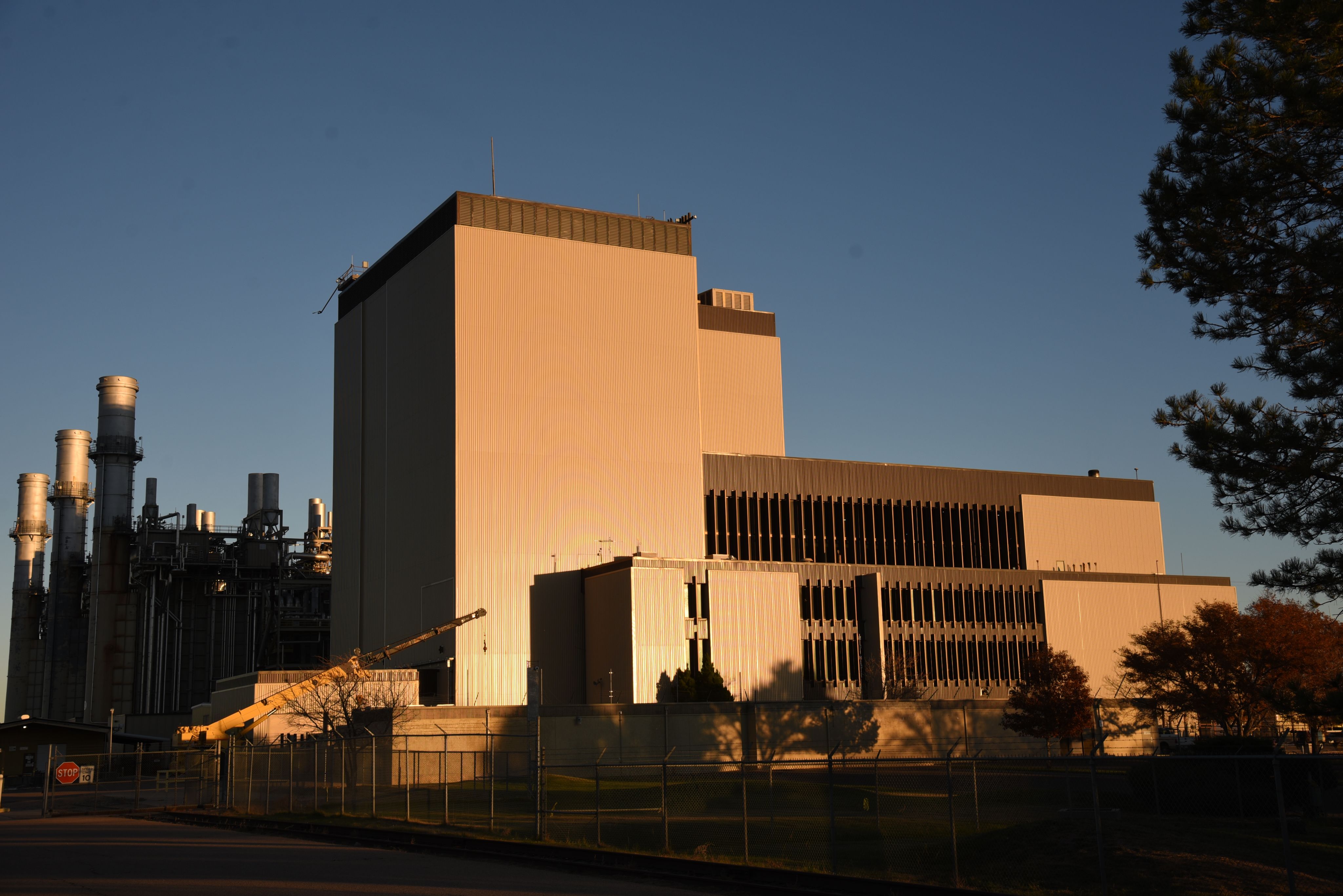
The Fort Saint Vrain Generating station as seen on Nov. 7, 2021. Now a natural gas power plant, the large building in the foreground is the old containment building of the nuclear reactor that was once housed here (Alexander Edwards, CU News Corps).
The Fort Saint Vrain Generating station as seen on Nov. 7, 2021. Now a natural gas power plant, the large building in the foreground is the old containment building of the nuclear reactor that was once housed here (Alexander Edwards, CU News Corps).
The plant was a high temperature gas cooled reactor (HTGR), one of only two in the United States at the time. Where a normal plant uses water as a coolant, FSV used helium. This is what caused most of the issues with the plant to arise.
Helium is small, even by atomic standards. It tends to escape even the tightest of seals, and Fort Saint Vrain needed a lot of seals to operate. Some of these were immersed in water and cleaned with a gas.
However, more often than not, the system was not effective at cleaning the seals and water remained causing corrosion in the system. This was one of many problems that faced the nuclear plant, and ultimately the plant was shut down. It was the first commercial plant to be shut down in the United States.
For Wiseman, the prospect of the plant closing outright is worrisome, but not crippling.
“We have a concern here that if Comanche closes by 2030, that it will impact some of the programs that are based on tax dollars that we're supposed to receive,” he said. “And we'll have to live with that if it happens.”
But with President Biden signing the Infrastructure Bill, Colorado may be getting the cash injection it needs to make the prospects of conversion a reality.
